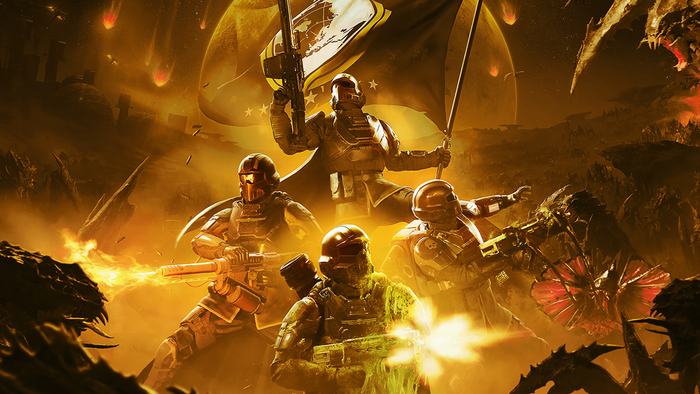
Featured Blog | This community-written post highlights the best of what the game industry has to offer. Read more like it on the Game Developer Blogs.
Animation is a Sport: Using Your Body as an Animation Tool
A look at the physical side of animation, and how the animator's own body can be one of the best resources he or she has access to.

Throughout my time in school most of the animation methods presented to us were visual. This makes perfect sense (animation is a visual art, after all). But, it’s very easy to get lost in translating the visual to the visual and forget that animation at its core is a representation of the physical.
2D references (video, drawings) are by far the most compact and direct way to communicate animation technique – I have a well-worn copy of The Animator’s Survival Kit sitting on my desk, and it’s been an incredibly useful resource for me and my team. A series of drawings provides a quick, clear, and relevant way of expressing how a motion should be carried out in keyframes.
That said, these references are by their nature explicit and specific. They are – for the most part – clinical descriptions of how the body moves during an isolated action. When we need to create a character performance that stretches beyond a compartmentalized activity (in our line of work they often combine many simultaneous actions) we need to have a more thorough understanding of how the body works – how the motion feels. As an animator there is no substitute for experiencing a motion or performance for yourself; and I’m not talking about videotaping yourself so you can watch the performance later, I’m talking about paying attention to what your body is doing while you’re performing the action.
2D references will only take you so far – Say you’re using video reference to create a 3D character performance. Your reference material, though accurate and easy to translate, does not contain all of the information you need. The gap between a 2D reference and a 3D performance can be interpolated by your mind, but you’ve just added a layer of guesswork to your process. Experiencing the action for yourself gives you a direct, tangible understanding of the motion in three dimensions. This is especially important if your work is destined for a realtime environment, because the animation needs to look compelling from all angles.
The best animators I know are highly physical people: they’re basketball players, dancers, runners, weight-lifters... They challenge their physical capabilities on a regular basis. There is a strong connection between possessing a heightened awareness of your own body and animation ability. I’m not saying that you need to be an athlete to be a good animator, but rather that it can give you a certain advantage. Sports have been an important part of my life – Soccer, gymnastics, martial arts, cycling, running. They cultivated in me a thorough understanding of my own body and how it moves through space. This understanding has allowed me to better construct and deconstruct performances on a physical level.
One of the most common issues I see in character animations (both during critiques at Cinematics and in reels) is a lack of flexibility and proper reaction to shifts of weight in the spine. Human beings (and most other vertebrates) have lots of subtle movement going on in the spine, even during very simple tasks. Most of the time an animation with this issue is the product of an animator who simply hasn’t gotten out of his or her chair to perform the motion themselves. I’ll ask them to act it out so they can feel what’s going on in their own body; this almost always yields comprehension of what they need to change.
When I begin an animation I usually start with the physical – I act it out. I’ll repeat the action several times, paying attention to how each part is moving, where my center of gravity is, and what my natural inclinations are. I remember what the action feels like, and I keep it in the front of my mind as I begin to animate the character. I’ll step away from my machine several more times to clarify certain aspects of the motion before I finish. I’ve found that this process – both in my own work and in the work of other animators – helps to create more convincing performances.
Here’s an example: One of our recent projects at Cinematics was creating character animation for Sam and Max 2010. When doing secondary animation for Max I would stick my arms straight up and keep them locked to the side of my head to approximate the motion of his ears (which are just about as tall as he is). I would re-create his head motion and feel what my arms were doing, which gave me a very good indication of how his ears should move. Silly? Absolutely (I’ll never forget the look on one animator’s face as I demonstrated this technique to him), but it’s effective. “Dignified” and “animator” are not synonyms. Get to know your body, get out of your chair, and act it out. Your work will improve as a result.
-Bryan Provencher is an Animation Director at Cinematics, a game art and animation studio in Oregon. www.cinematics.com
Read more about:
Featured BlogsAbout the Author(s)
You May Also Like













